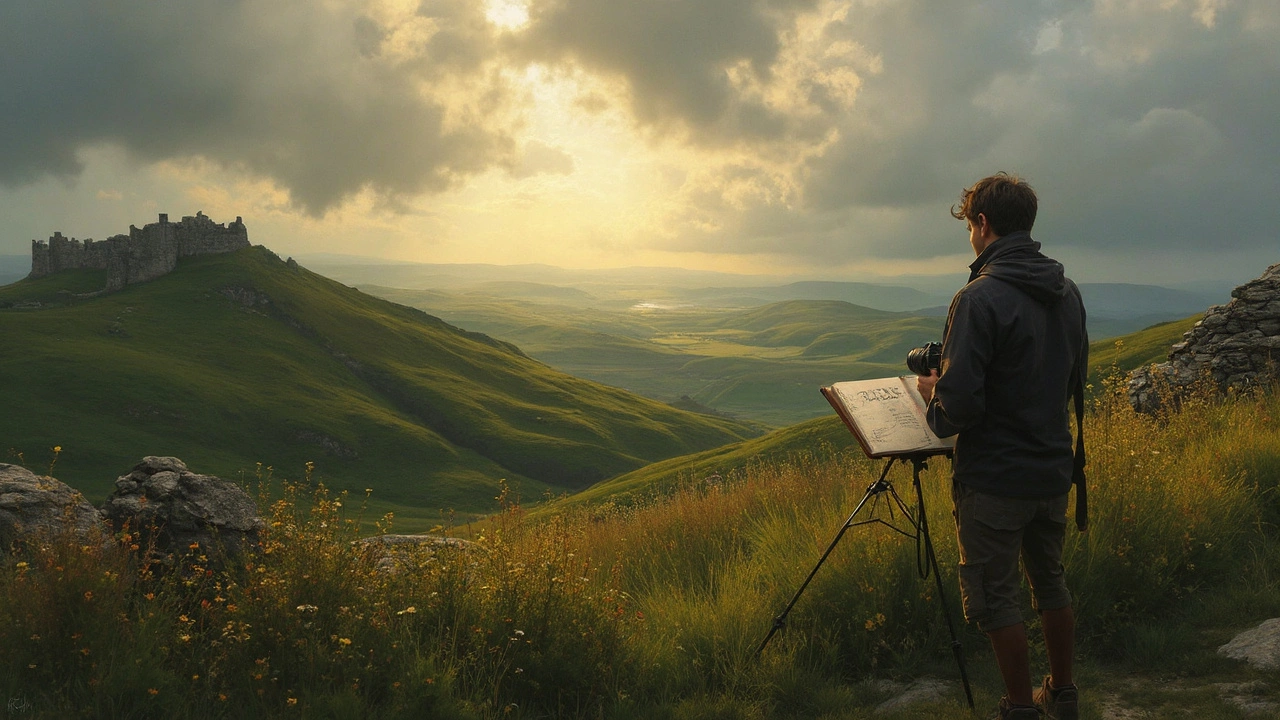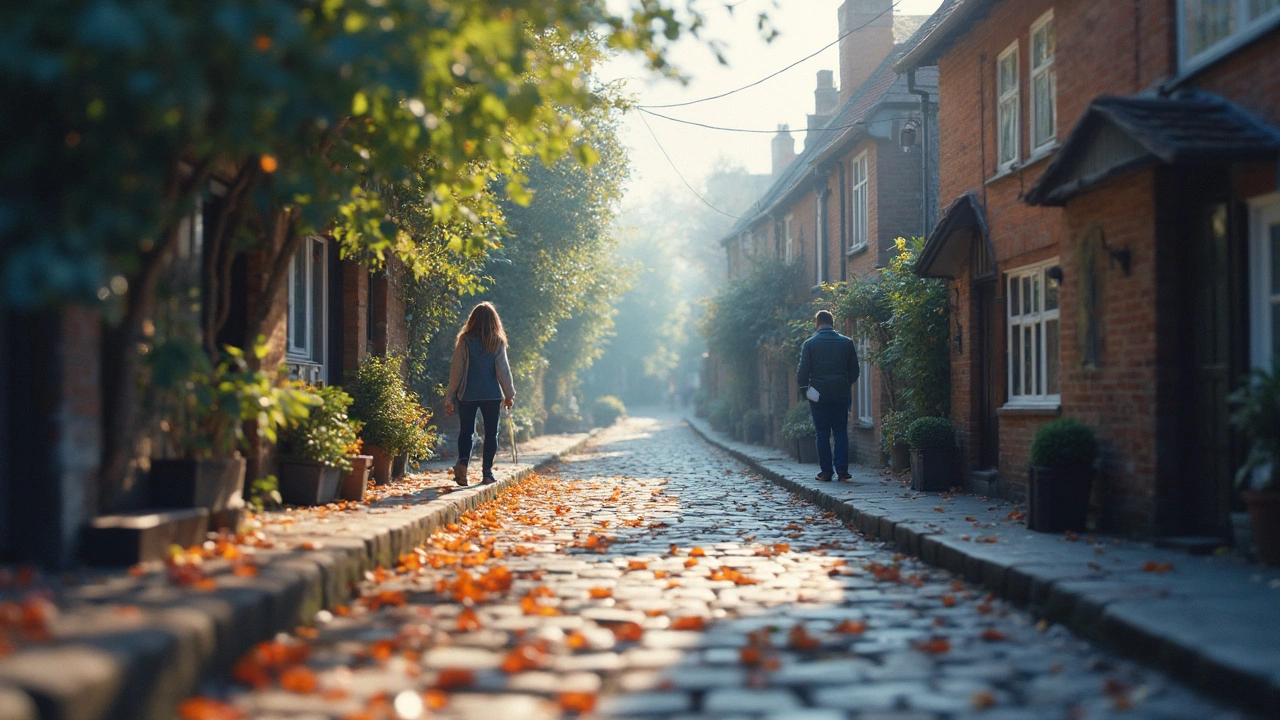Visual Storytelling: Turning Images into Engaging Narratives
Ever wonder why a single picture can spark a whole story in your mind? That’s visual storytelling at work. It’s the art of using composition, colour, and detail to guide viewers through a narrative without saying a word. Whether you’re painting a portrait, sculpting a figure, or designing a digital piece, the same principles apply.
Why Visual Storytelling Matters for Artists
First off, stories stick. A well‑crafted visual story stays with your audience longer than a flat image. When you think about portrait painters, for example, the eyes aren’t just features – they’re the entry point to an emotional journey. Articles like “Eyes in Portraits: Why Artist Focus Matters for Emotional Impact” show how a simple gaze can make a painting feel alive.
Second, storytelling helps you stand out. In a world flooded with images, a piece that tells a clear, compelling story cuts through the noise. The post on “Most Modern Art Styles: Exploring the Leading Edge of Contemporary Creativity” demonstrates how new media like AI and NFTs are being used to create fresh narratives that grab attention.
Practical Tips to Boost Your Visual Storytelling
1. Start with a strong concept. Before you pick up a brush, ask yourself what you want the viewer to feel or think. A clear idea gives every line and colour a purpose.
2. Use composition wisely. The rule of thirds, leading lines, and framing are tools that direct the eye. In landscape painting, arranging elements along thirds can make the scene feel balanced and guide the story’s flow.
3. Let colour speak. Colours carry emotion. Warm hues can suggest comfort or passion, while cool tones might hint at distance or calm. The guide on “Best Colours for Landscape Painting” explains how to match palettes to the mood you’re after.
4. Add details that reward close looks. Small touches – a folded hand, a stray brushstroke – can reveal sub‑plots in your visual tale. Even a simple mistake in oil painting, as explained in “How to Fix Mistakes in Oil Painting,” can become a purposeful texture if you think creatively.
5. Embrace mixed media. Combining traditional drawing with digital tools, like in the article “Turn Traditional Drawings into Digital Art,” lets you layer stories in new ways. Digital overlays can highlight symbols that might be hidden in a pure oil work.
Finally, test your story on others. Show a draft to a friend and ask what story they see. Their feedback will tell you whether your visual cues are clear or need tweaking.
Visual storytelling isn’t a secret skill reserved for a few; it’s a set of habits you can build with practice. By focusing on concept, composition, colour, detail, and mixed media, you’ll turn any artwork into a narrative that resonates. Dive into the posts on our site for deeper examples, from abstract meanings to portrait pricing, and start crafting stories that stay with your audience long after the first glance.

30 Apr 2025
Fine art photography isn’t just about snapping pretty photos—it’s about creating images with intention and personal vision. This article breaks down what actually sets fine art photography apart from regular photography, focusing on meaning, style, and the artist’s voice. You’ll find out how photographers approach their projects, what makes an image truly ‘fine art,’ and pick up tips for starting your own journey in this genre. We’ll also bust a few myths that often confuse beginners. At the end, you’ll see it’s less about fancy gear, and all about telling your story.
Continue reading...

24 Mar 2025
Genre fine art photography blends artistic expression with visual storytelling, offering a unique way to capture scenes. This style isn't just about aesthetics; it's about conveying emotions and narratives through the lens. With an emphasis on imagination, it pushes boundaries, turning ordinary moments into compelling art pieces. Explore how photographers worldwide bring this genre to life.
Continue reading...

